Analyzing MRSA: A Microbiology Report on Infection Risk Management
VerifiedAdded on 2023/06/03
|11
|535
|239
Report
AI Summary
This report provides a detailed analysis of Methicillin-resistant Staphylococcus aureus (MRSA), covering its structure as a gram-positive, non-motile, facultative anaerobic bacterium, its virulence factors including protein A, hyaluronidase, and various toxins, and the mechanisms behind its antimicrobial resistance, such as horizontal gene transfer and plasmid-encoded penicillinase. It discusses the immunological responses during MRSA infection in human hosts and outlines laboratory methods like cefoxitin and oxacillin disc tests for differentiating resistant and sensitive strains. Furthermore, the report identifies risk factors for MRSA infection, including college students in dormitories, intravenous drug users, and individuals with diabetes. References to relevant scientific articles are included, providing a comprehensive overview of MRSA microbiology and infection risk management. Desklib offers a range of study tools and solved assignments to aid students.
1 out of 11
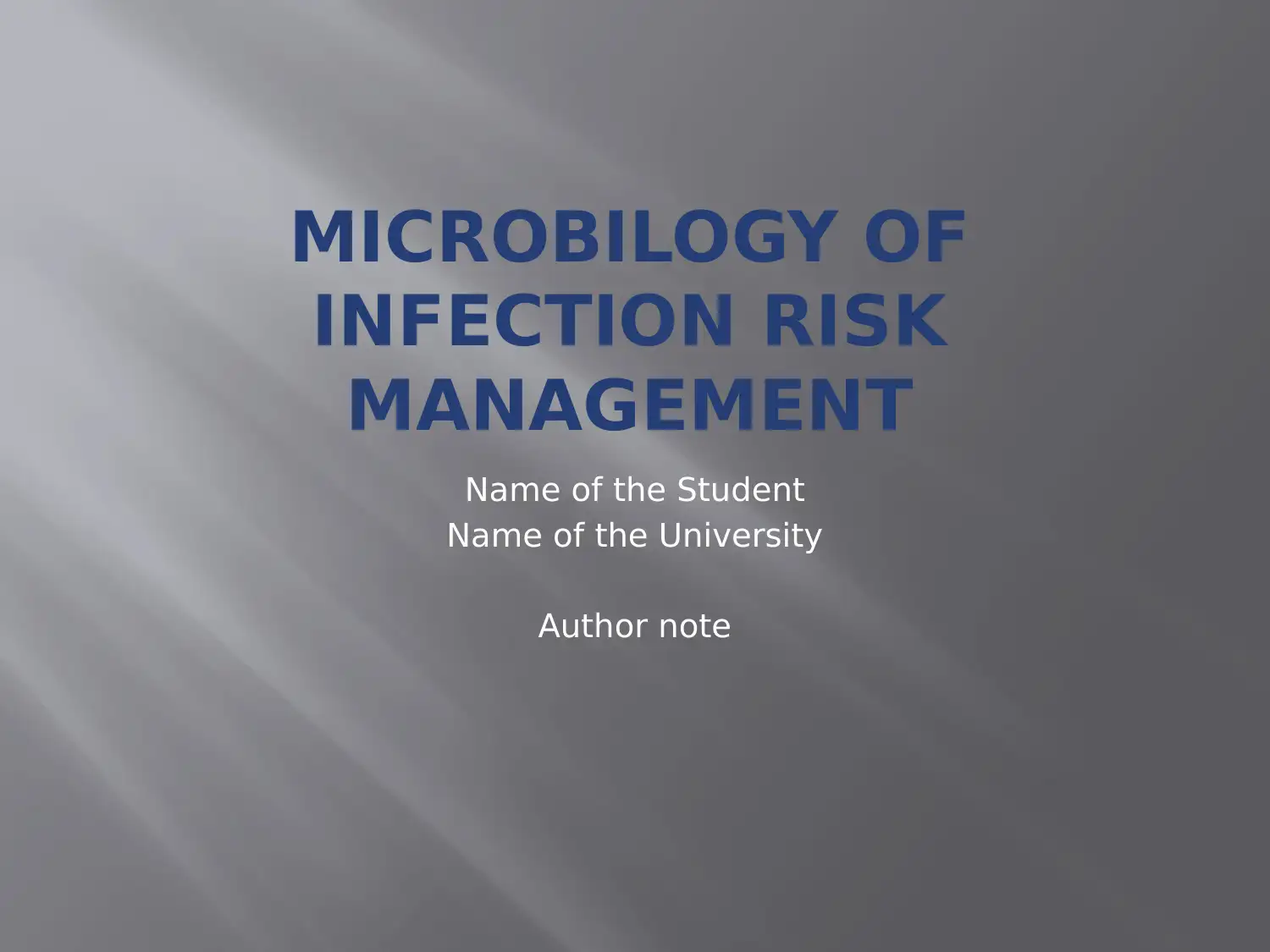
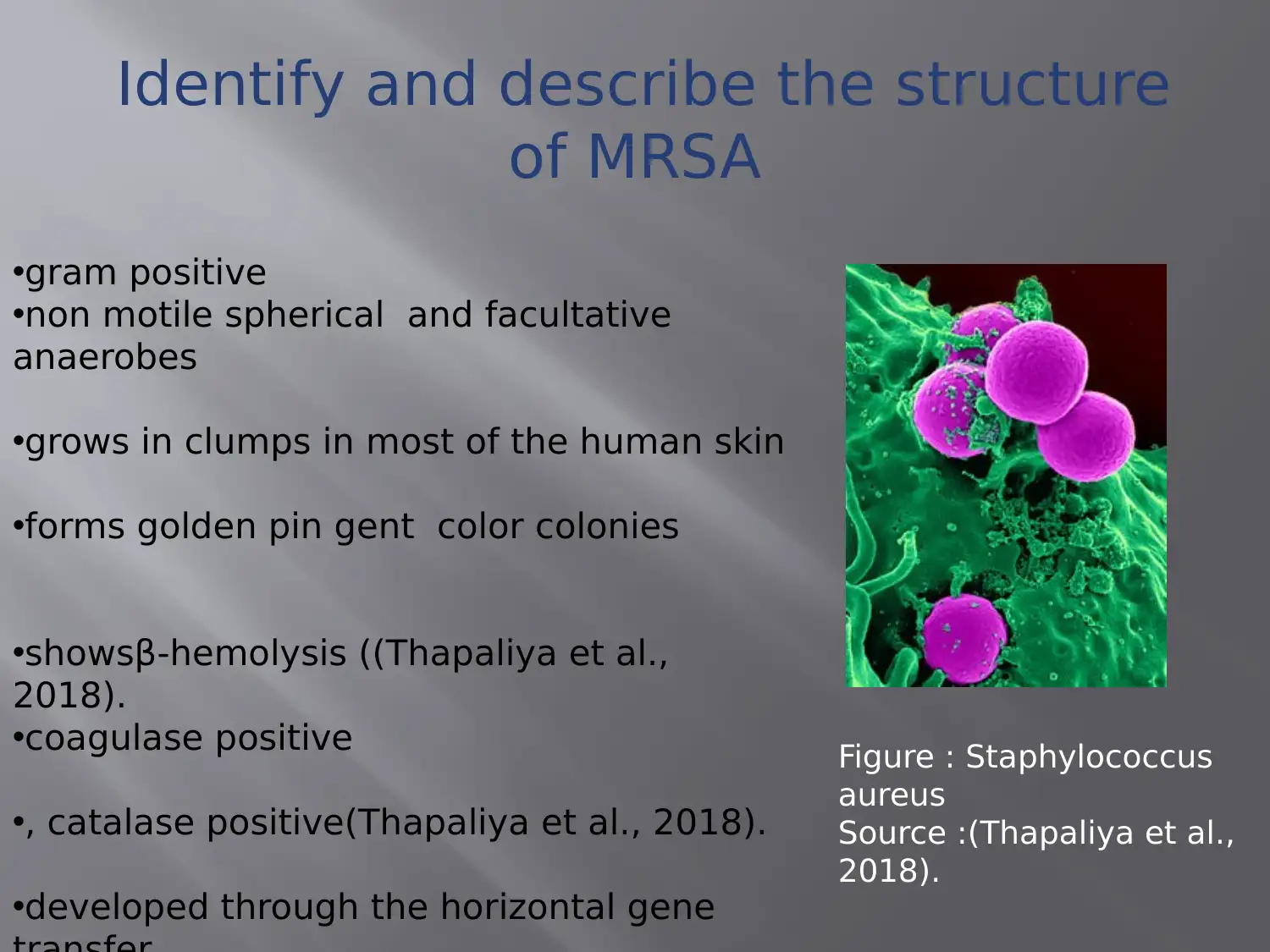
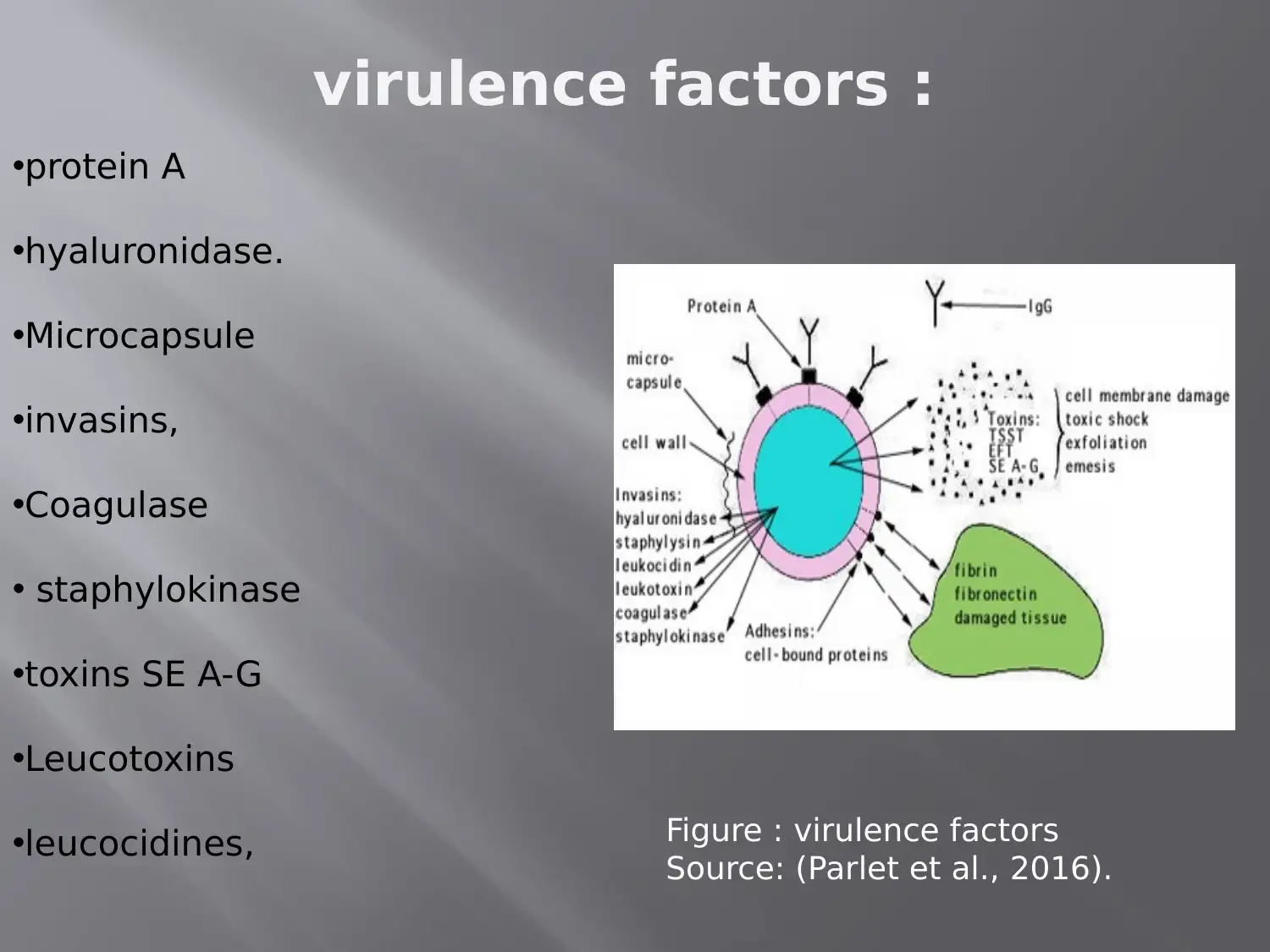

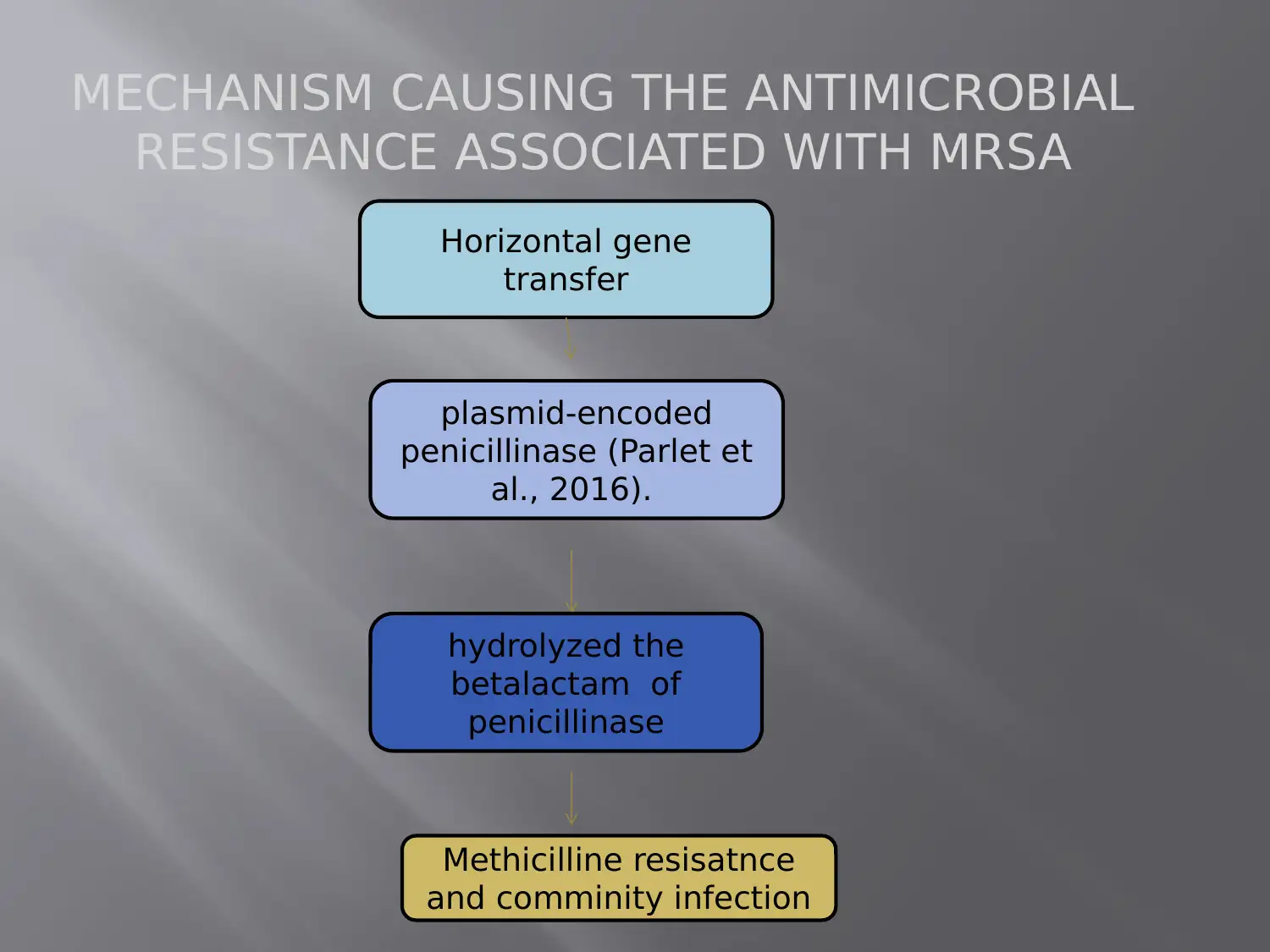
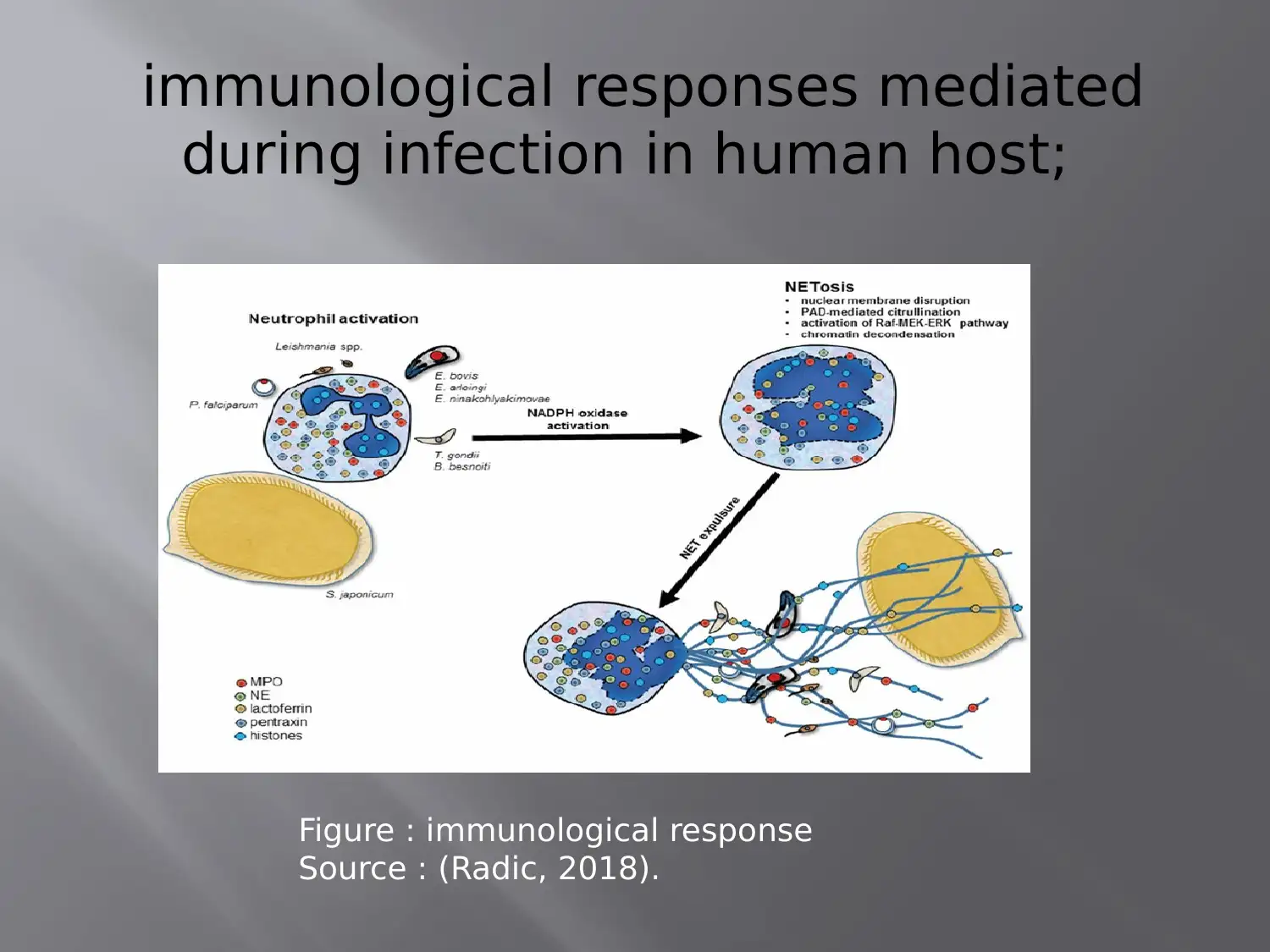
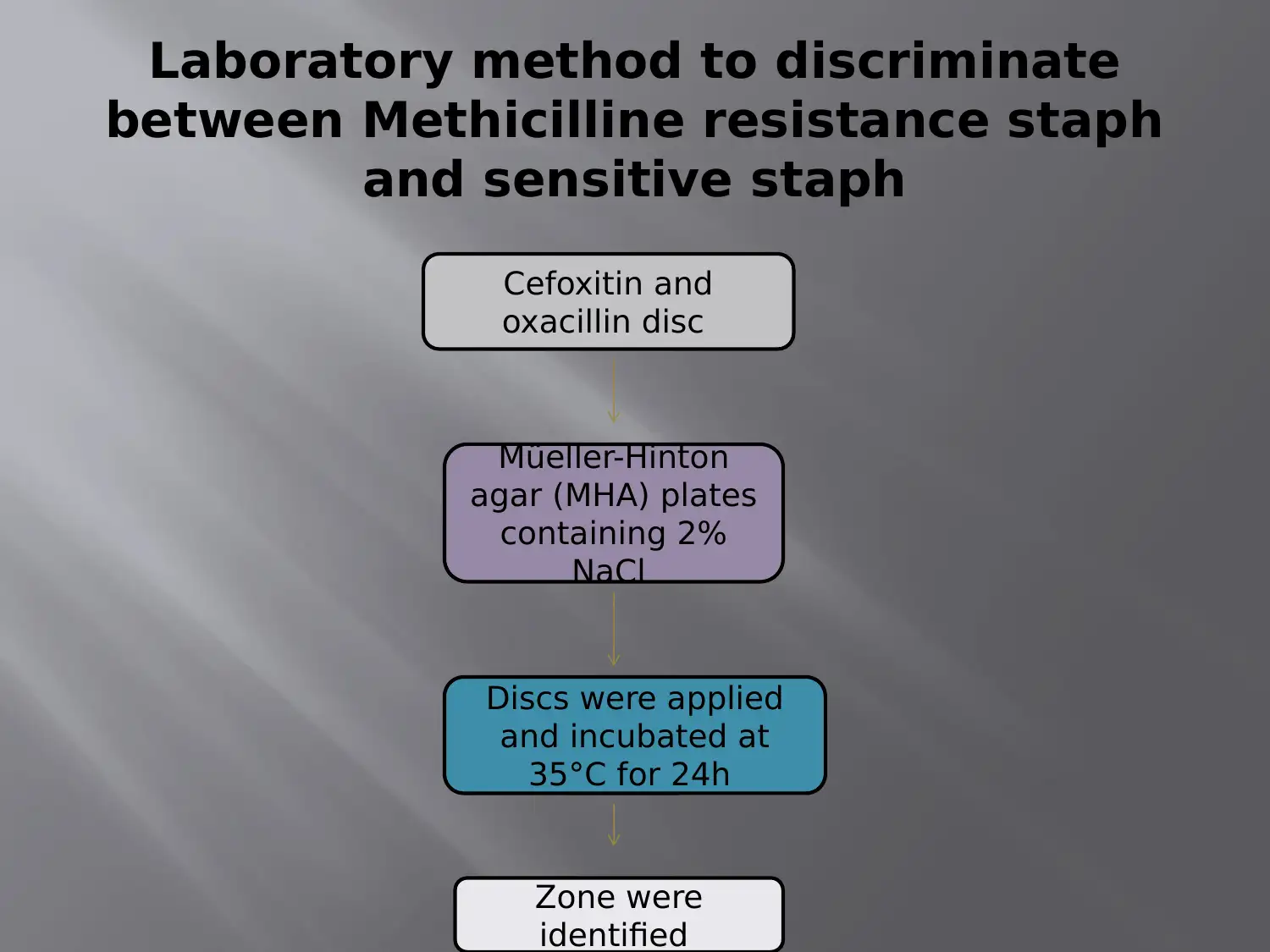
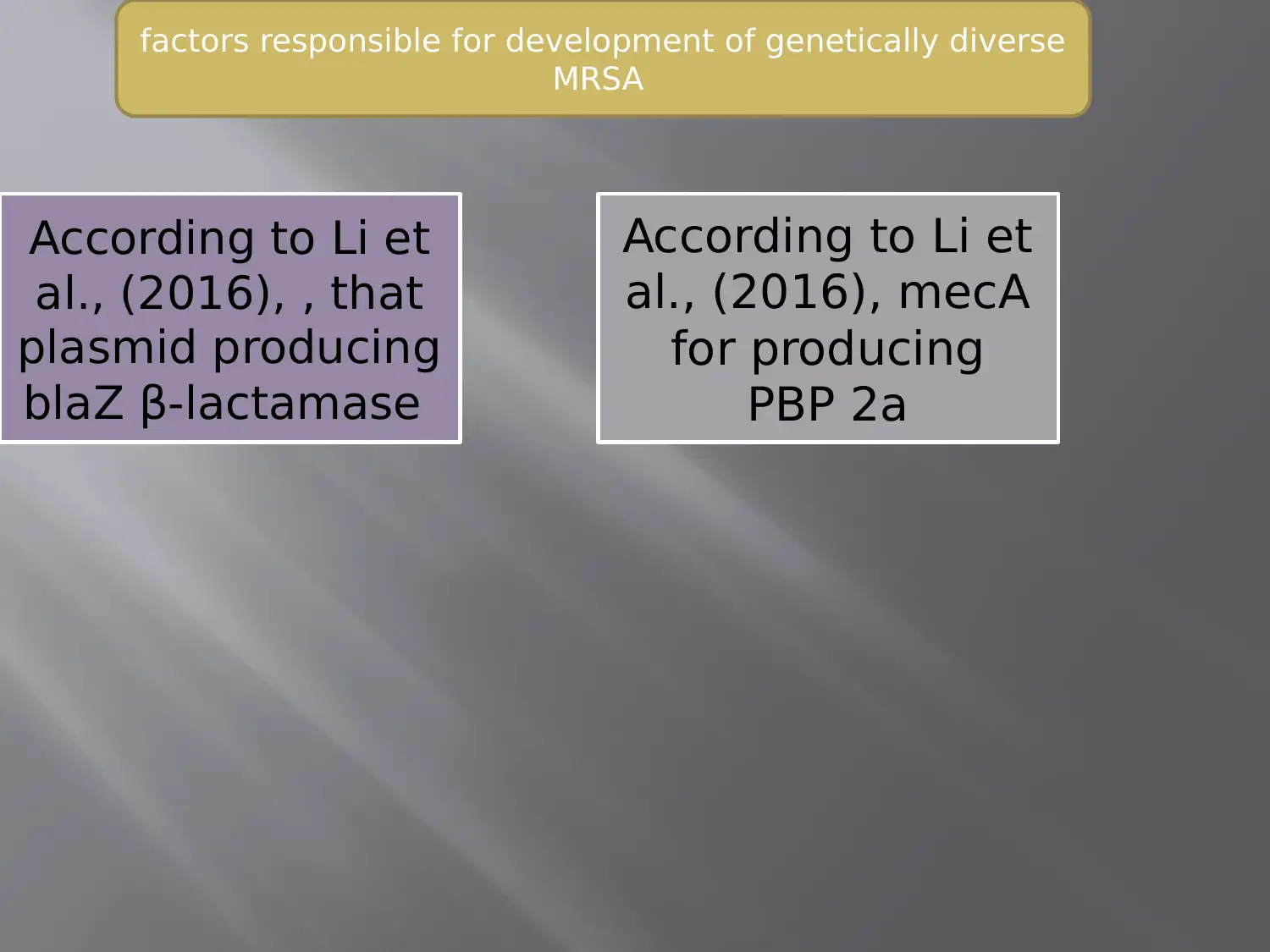
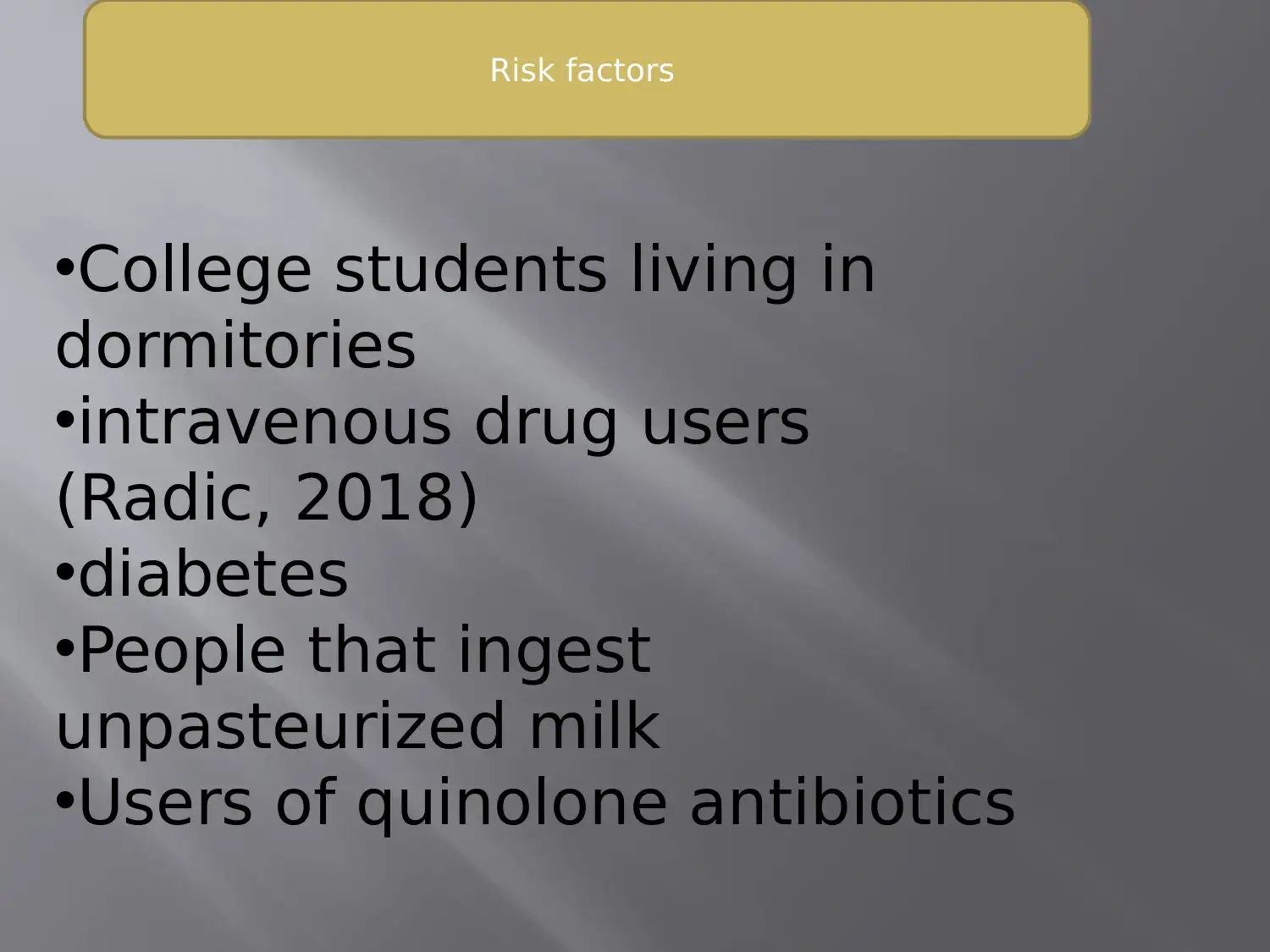
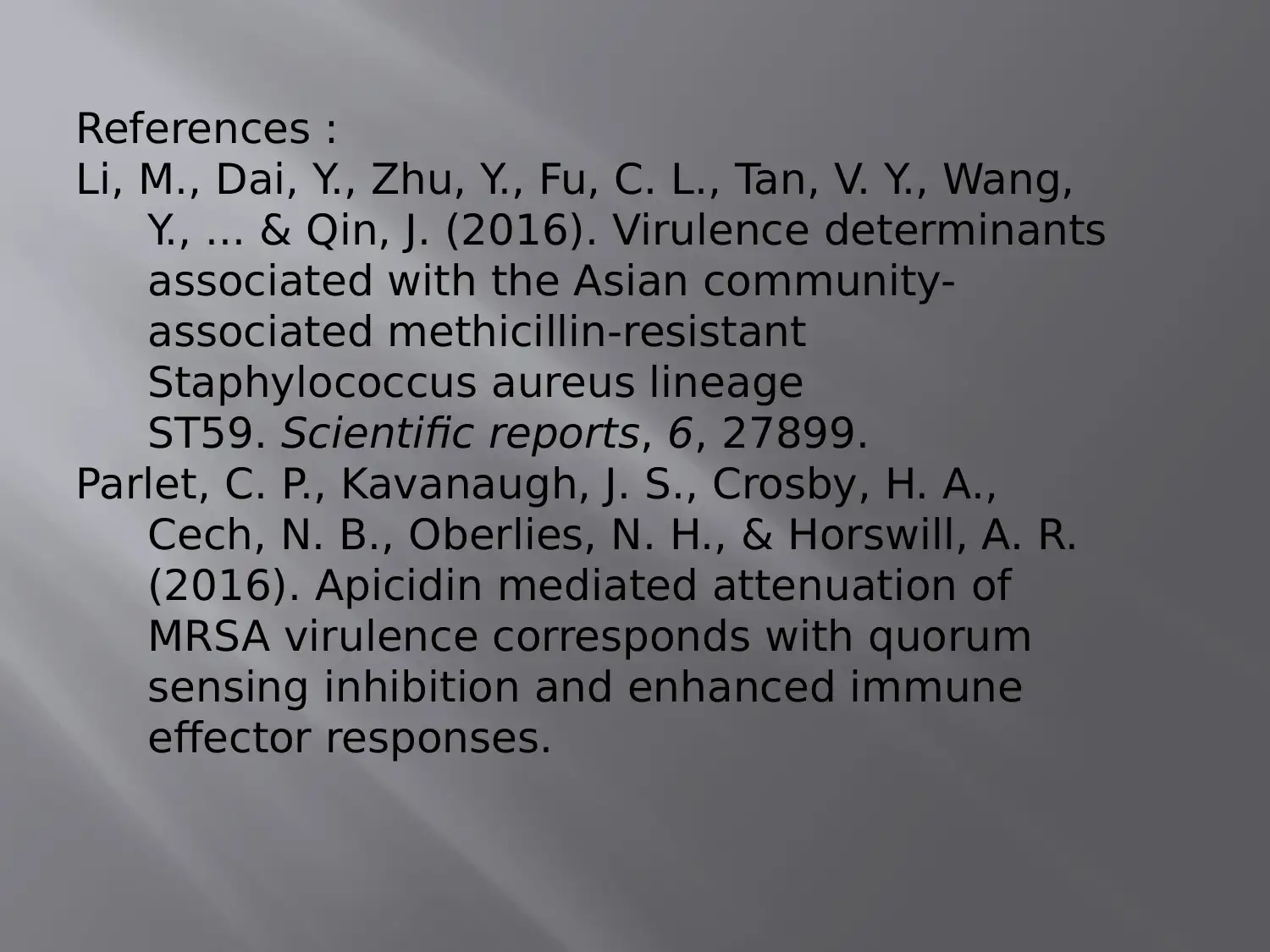
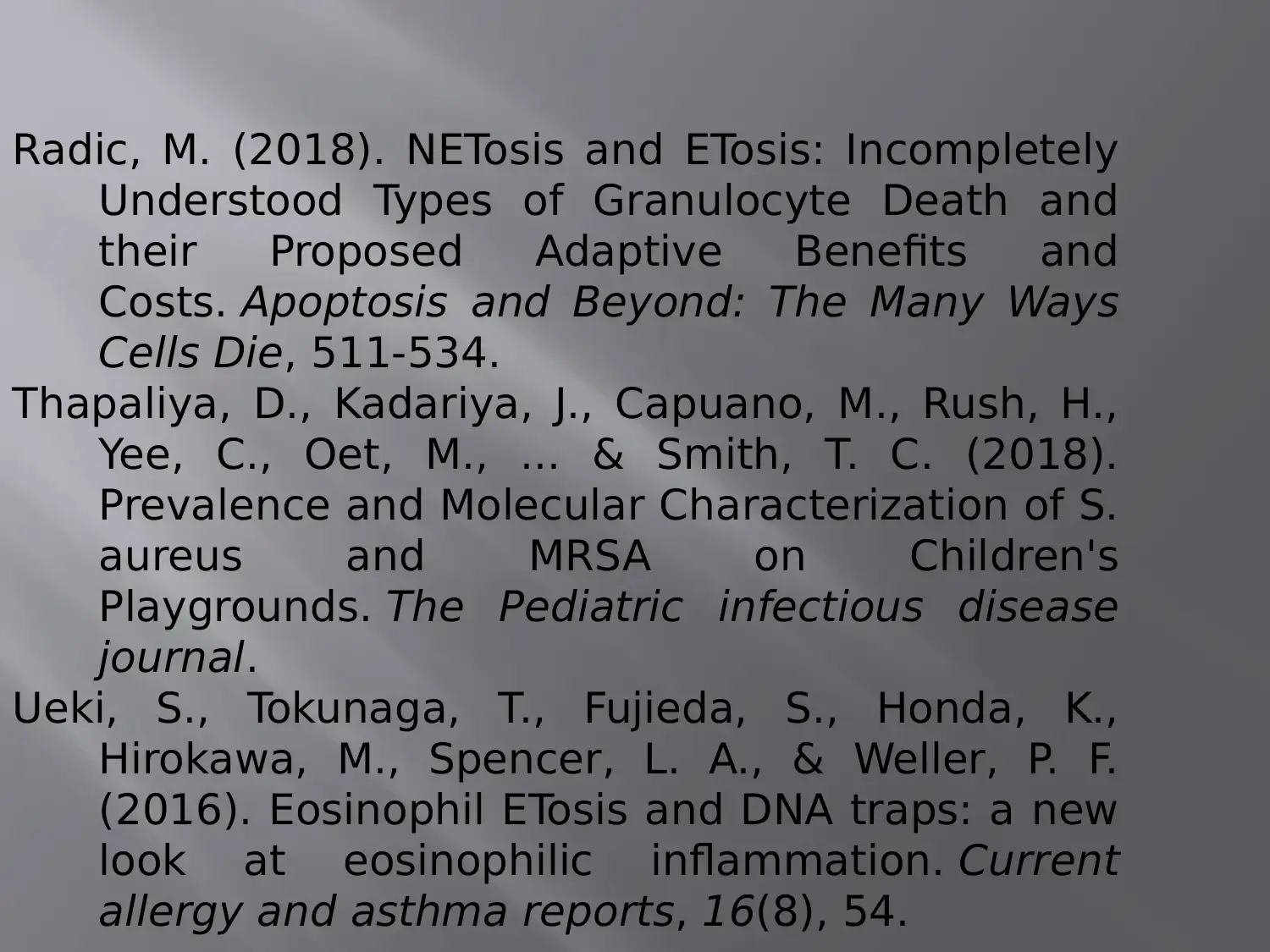







![[object Object]](/_next/static/media/star-bottom.7253800d.svg)